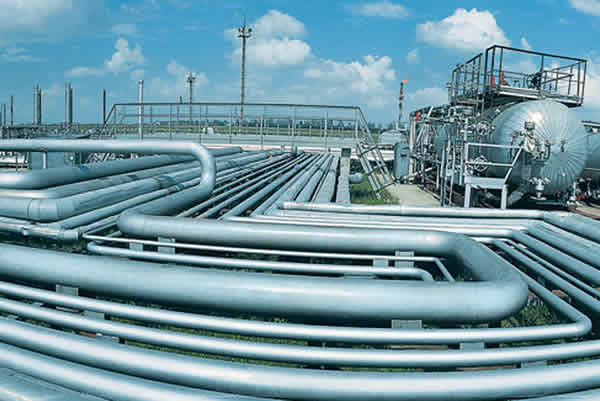Nigeria’s power sector confronts a complex web of interconnected challenges, primarily revolving around gas supply, pricing, and a mounting burden of debt. Despite possessing vast natural gas reserves, estimated at over 200 trillion cubic feet, the nation grapples with inadequate gas supply to its power plants, leading to chronic power shortages and hindering economic development. This paradox of resource abundance coupled with energy scarcity underscores the deep-seated structural issues within the sector. Between January and July 2025, gas companies supplied a substantial 179.79 billion standard cubic feet of gas to power generation companies, valued at approximately N607 billion. However, this seemingly robust supply is overshadowed by a massive N2.7 trillion legacy debt owed by the Federal Government and power generation companies to gas producers, a financial quagmire that threatens the stability of the entire power value chain.
The debt crisis has a chilling effect on gas supply, as producers are understandably reluctant to continue supplying gas without receiving payment. This precarious situation was starkly illustrated in the first quarter of 2024, when gas companies halted supply due to escalating debts, plunging the nation into weeks of darkness. While the Federal Government intervened with promises to resolve the issue, these commitments have reportedly gone unfulfilled, further eroding trust between stakeholders and perpetuating the cycle of debt and supply disruptions. The legacy debt issue highlights the urgent need for a sustainable financing mechanism for the power sector, one that ensures timely payments to gas producers and incentivizes continued investment in gas exploration and production.
Adding to the complexity of the situation is the discrepancy between the regulated gas price for power generation and the actual market price. While the Nigerian Midstream and Downstream Petroleum Regulatory Authority (NMDPRA) set the gas-to-power price at $2.13/MMBtu in April 2025, generation companies often procure gas from the open market at significantly higher prices, sometimes exceeding $2.70/MMBtu. This price disparity places an immense financial strain on power producers, exacerbating the liquidity challenges within the sector and contributing to the burgeoning electricity subsidy, which surpassed N1 trillion in the first half of 2025. The government’s efforts to address the legacy debt through royalty credits offer a potential solution, but the practical implementation of this mechanism requires careful consideration to avoid disrupting government revenue streams and further destabilizing the industry.
The data on gas-to-power supply reveals a fluctuating pattern throughout the first seven months of 2025. While daily deliveries saw a modest increase in July compared to June, the overall trend indicates a volatile supply dynamic. This variability in gas supply further underscores the fragility of the power sector and the need for greater investment in infrastructure and more reliable supply arrangements. The fact that thermal plants consume the largest percentage of domestic gas supply, even while facing significant outstanding debts, highlights the critical role of gas in Nigeria’s power generation mix and the urgency of resolving the financial impasse between power generation companies and gas producers. The reliance on thermal power generation necessitates a predictable and stable gas supply to ensure consistent electricity generation and avoid further disruptions to the national grid.
The complexities within Nigeria’s power sector require a multi-pronged approach to address the interwoven challenges of debt, gas supply, and pricing. A sustainable solution necessitates a comprehensive review of the regulatory framework governing the sector, ensuring cost-reflective tariffs that allow power generation companies to recover their costs and incentivize investment in new generation capacity. Furthermore, strengthening contract enforcement and ensuring transparency in gas pricing mechanisms are crucial for fostering trust between stakeholders and creating a more stable investment environment. Addressing the root causes of the legacy debt, implementing effective debt management strategies, and fostering closer collaboration between government agencies, power generation companies, and gas producers are essential steps towards achieving a more viable and sustainable power sector.
Ultimately, resolving the challenges in Nigeria’s power sector requires a long-term, strategic vision that prioritizes investment in gas infrastructure, promotes efficient gas utilization, and ensures a fair and transparent pricing mechanism. Achieving energy security and unlocking the nation’s economic potential hinges on addressing these fundamental issues and creating a power sector that is both financially sustainable and capable of meeting the growing energy demands of the Nigerian economy. This will require political will, regulatory reform, and sustained commitment from all stakeholders to build a more resilient and reliable power system for the future.


